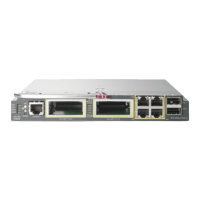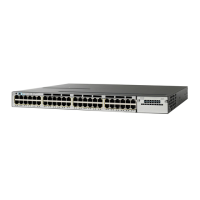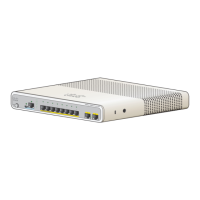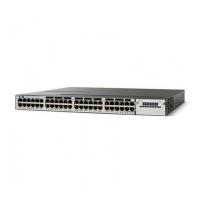ip route static bfd
To specify static route bidirectional forwarding detection (BFD) neighbors, use the ip route static bfd
command in global configuration mode. To remove a static route BFD neighbor, use theno form of this
command
ip route static bfd {interface-type interface-number ip-address | vrf vrf-name} [group group-name] [passive]
[unassociate]
no ip route static bfd {interface-type interface-number ip-address | vrf vrf-name} [group group-name]
[passive] [unassociate]
Syntax Description
Interface type and number.
interface-type interface-number
IP address of the gateway, in
A.B.C.D format.
ip-address
Specifies Virtual Routing and
Forwarding (VRF) instance and the
destination vrf name.
vrf vrf-name
(Optional) Assigns a BFD group.
The group-name is a character
string of up to 32 characters
specifying the BFD group name.
group group-name
(Optional) Unassociates the static
route configured for a BFD.
unassociate
Command Default
No static route BFD neighbors are specified.
Command Modes
Global configuration (config)
Command History
ModificationRelease
This command was introduced.Cisco IOS XE Denali 16.3.1
Usage Guidelines
Use the ip route static bfd command to specify static route BFD neighbors. All static routes that have the same
interface and gateway specified in the configuration share the same BFD session for reachability notification.
All static routes that specify the same values for the interface-type, interface-number, and ip-address arguments
will automatically use BFD to determine gateway reachability and take advantage of fast failure detection.
Command Reference, Cisco IOS XE Everest 16.5.1a (Catalyst 3650 Switches)
695
ip route static bfd
